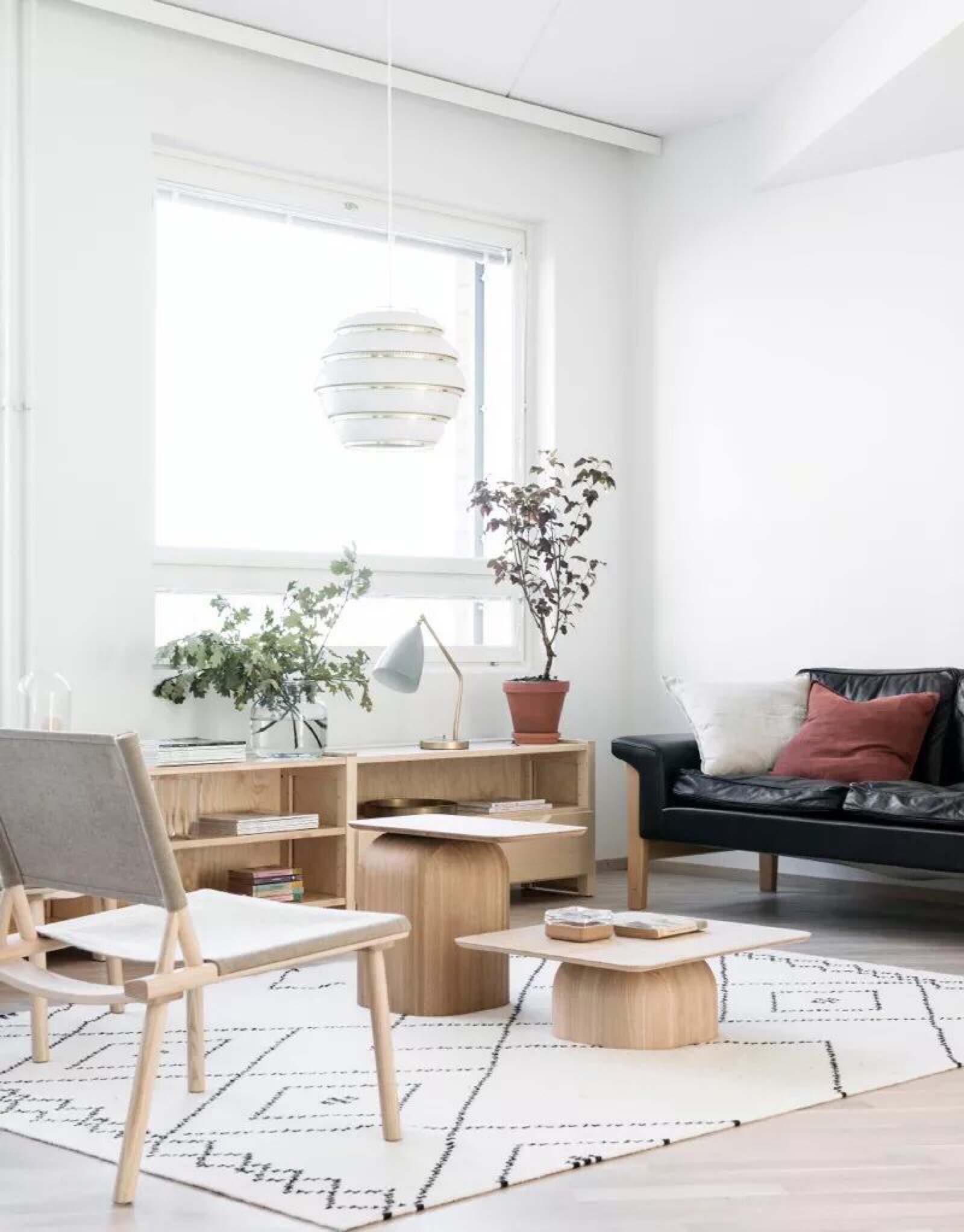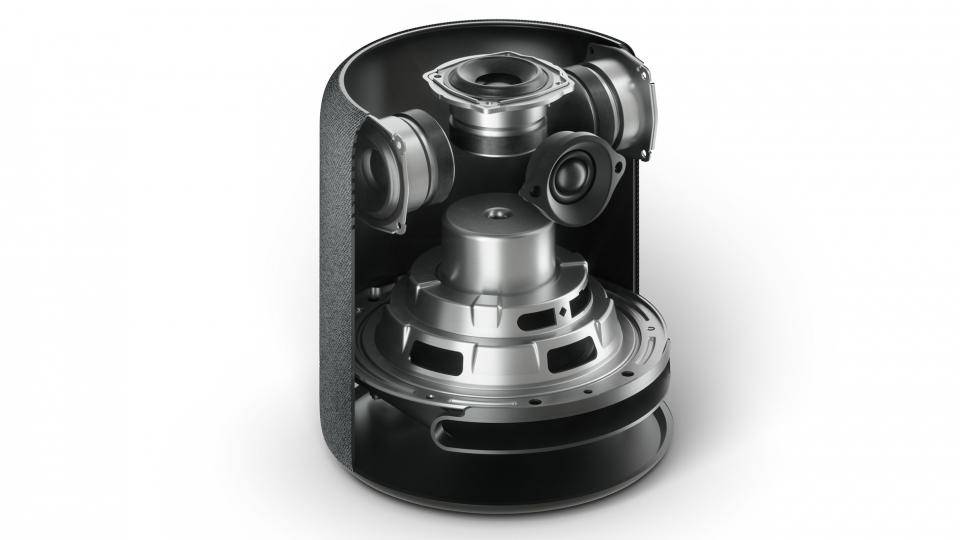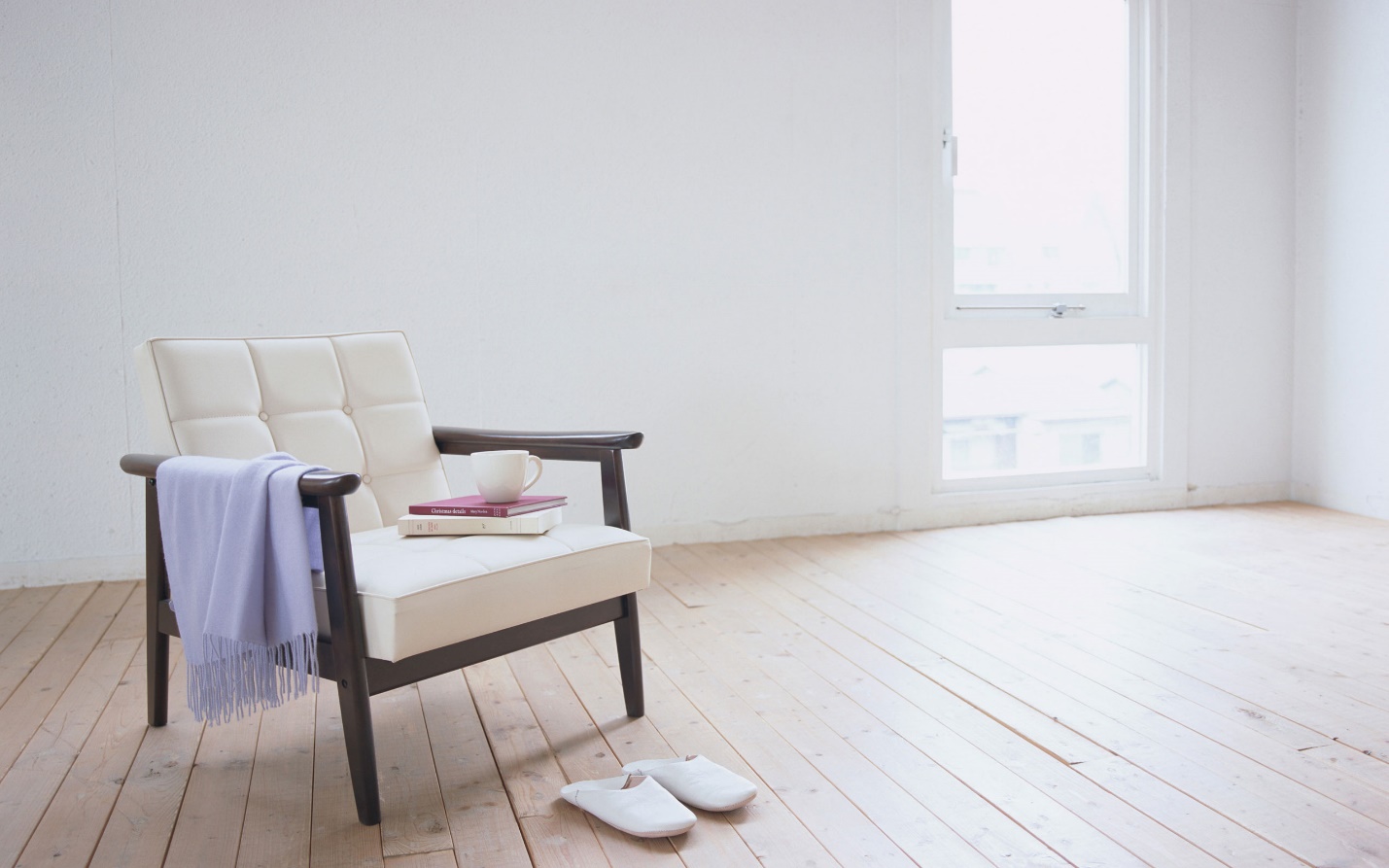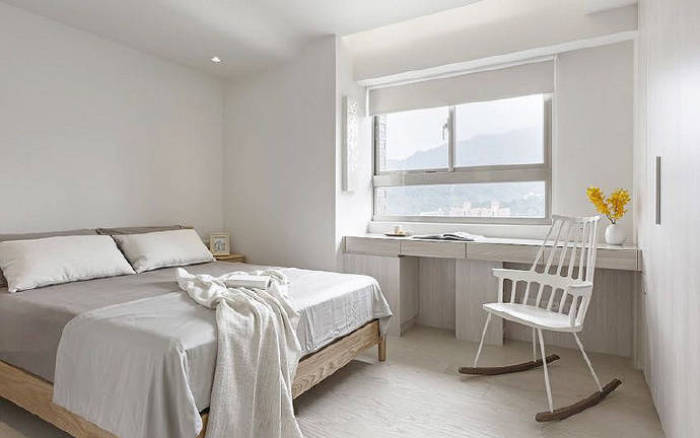Gardens that attract bees quickly become a productive feeding ground for the most vital of pollinating insects. “One out of every three bites of your food depends on a pollinator, including the most common fruits and vegetables,” says Kate Karam, editorial director at Monrovia , a national grower of ornamental plants. Bee-friendly gardens are easy to create and maintain, as bees gravitate toward a wide variety of hardy plant species, including native and wildflowers (sunflowers, lavender, and yarrow are a few examples). Gardeners can dedicate their entire landscape to plants that attract bees or integrate just a few varieties into smaller plots or in individual pots. “If every home gardener nationwide created an environment to attract pollinators , we would add tens of thousands of acres for them to call home,” says Karam. Here are her tips on welcoming these hardworking and beneficial insects.
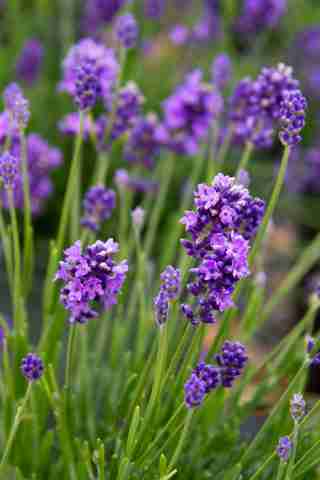
Choose flowers by shape. To attract a productive bee population, consider native species and composite flowers, which are blooms of many small flowers—called florets—such as coreopsis and asters. Single-stem flowers with one ring of petals, like cosmos and zinnias, make it easy for pollinators to reach the inner parts of the flower. Some bees adore the mint family, such as catmint, salvia, and lavender. The ‘Thumbelina Leigh’ English lavender is a prolific bloomer—up to three times a year—and does well in containers or low borders.
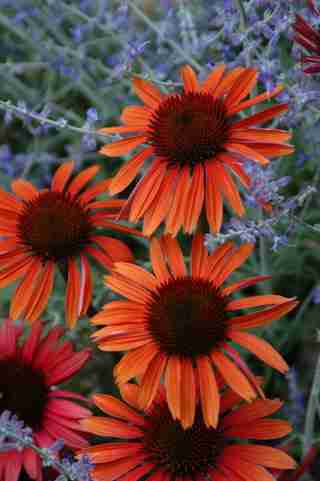
Plant in large numbers. Choose a variety of heights or flowering trees and shrubs to add dimension. Be sure to plant a plot at least three by three feet for each flower; plant them close together in high quantities. When choosing a spot, take into consideration how close you want bees near the house or patio. “A sure-fire way to attract the largest varieties of bees is choosing blue, purple, and yellow flowers,” says Karam. Here, the ‘Sundown Big Sky’ series coneflower ’s thick sturdy stems grow up to three feet.
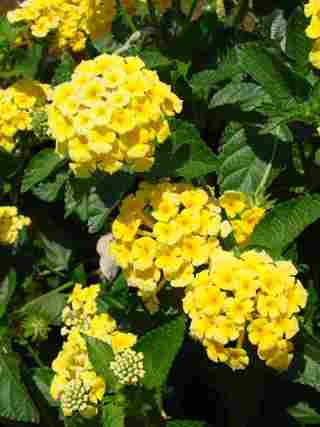
Plan a three-season garden. With over 4,000 types of bees in search of plantings, providing a food source through most of the year will keep a garden in constant activity. Offer a variety of plants that bloom in sequence from early spring through late fall—for example, spring poppies followed by summer coneflower followed by autumn asters. Here, the ‘Chapel Hill Yellow’ lantana tolerates cold conditions and blooms as late as early fall.
Create a place to rest. Once they’ve fed off the flowers, bees will need to rest—referred to as nesting—in a place like a small brush pile, dead wood, or an area with dry grass and reeds. “A hospitable environment will hopefully keep them from leaving your garden, so they’ll be pollinating from early spring to late fall,” she says. Also, insects are sensitive to pesticides so use them only if necessary. If you’re short on outdoor space, the ‘Zagreb’ threadleaf tickseed is well suited for containers and hanging baskets.


